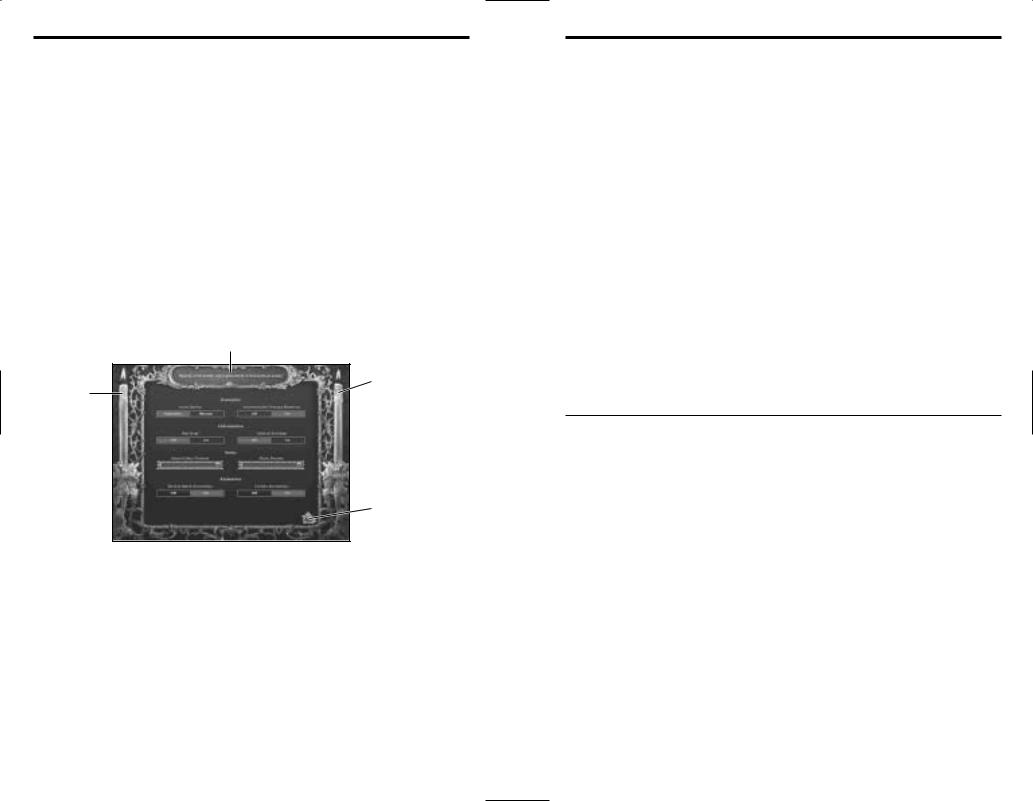

Greguras Papers contain materials related to the United States' colonization and military presence in the Philippines. These materials primarily document the first half of the 20th century, and provide perspectives on American imperialism and expansionism as experienced by U.S. The Donald Hiram Stilwell Photograph Collection and the Fred M. to retain existing military bases and assets, which the U.S.

The Treaty contained a provision that allowed the U.S. and the Philippines signed the Treaty of Manila, whereupon the United States recognized the independence and sovereignty of the Republic of the Philippines. Though Japan took control of the Philippines during World War II, it returned to U.S. military continued to pacify indigenous populations throughout the islands. federal laws gradually increased the amount of legislative authority Filipinos had in their own country, the Philippines was initially administered by an American Governor General and appointed American members of the Philippine Commission as the U.S. Congress passed legislation creating the Philippine Assembly, hundreds of thousands of Filipinos had been killed or died of famine or disease as a result of the brutal war. The First Philippine Republic declared independence and established a constitutional government in 1899, which American military officials viewed as an act of insurrection. Later that year, the Philippine-American War broke out as the Republic declared war on the United States. The Philippine Revolution, a struggle for independence from Spanish colonial rule, had been ongoing since 1896, and news that the US would replace Spain as colonial overlord was unwelcome to many Filipinos. Spanish colonial control of the Philippines continued until 1898, when the United States took possession of the islands as a territory after winning the Spanish-American War. Spain established its first permanent settlement in the Philippines in 1565. We’ll continue to include links to our finding aids and other information about physical access, as well.

If you don't think any of the above situations apply, you can use this feedback form to request a review of this block.While we are working, attending class, and doing so many other things from home, our blog posts will focus on materials that have been digitized and can be accessed remotely. Contact your IT department and let them know that they've gotten banned, and to have them let us know when they've addressed the issue.Īre you browsing GameFAQs from an area that filters all traffic through a single proxy server (like Singapore or Malaysia), or are you on a mobile connection that seems to be randomly blocked every few pages? Then we'll definitely want to look into it - please let us know about it here. You'll need to disable that add-on in order to use GameFAQs.Īre you browsing GameFAQs from work, school, a library, or another shared IP? Unfortunately, if this school or place of business doesn't stop people from abusing our resources, we don't have any other way to put an end to it.

When we get more abuse from a single IP address than we do legitimate traffic, we really have no choice but to block it. If you don't think you did anything wrong and don't understand why your IP was banned.Īre you using a proxy server or running a browser add-on for "privacy", "being anonymous", or "changing your region" or to view country-specific content, such as Tor or Zenmate? Unfortunately, so do spammers and hackers. IP bans will be reconsidered on a case-by-case basis if you were running a bot and did not understand the consequences, but typically not for spamming, hacking, or other abuse. If you are responsible for one of the above issues. Having an excessive number of banned accounts in a very short timeframe.Running a web bot/spider that downloaded a very large number of pages - more than could possibly justified as "personal use".Automated spam (advertising) or intrustion attempts (hacking).Your current IP address has been blocked due to bad behavior, which generally means one of the following:


 0 kommentar(er)
0 kommentar(er)
